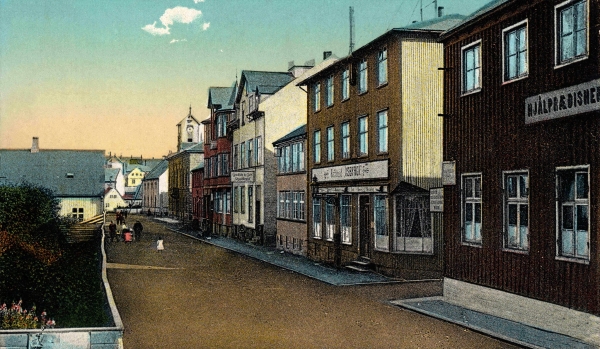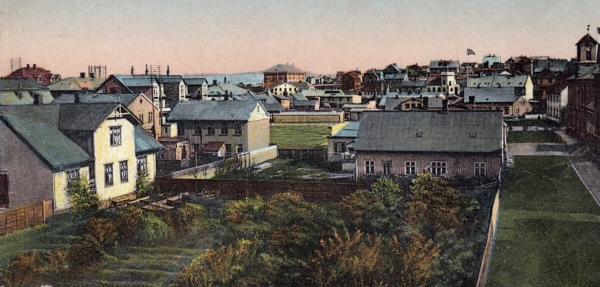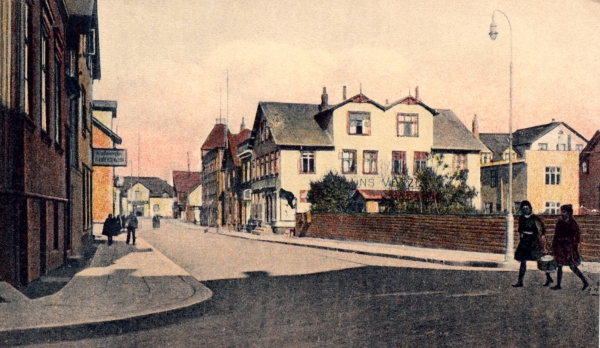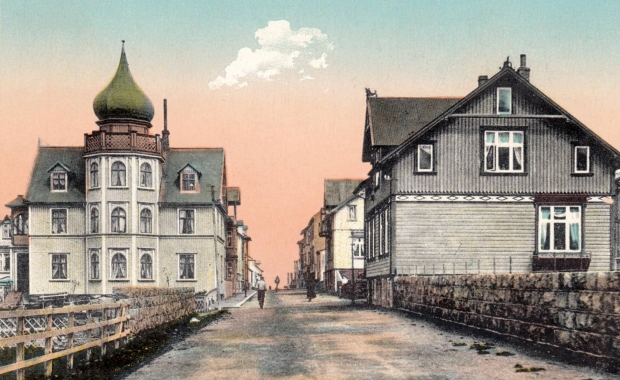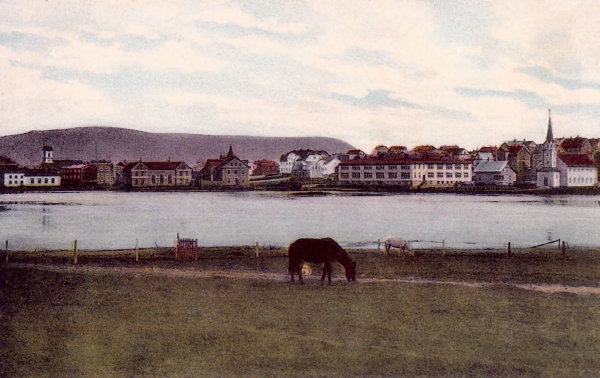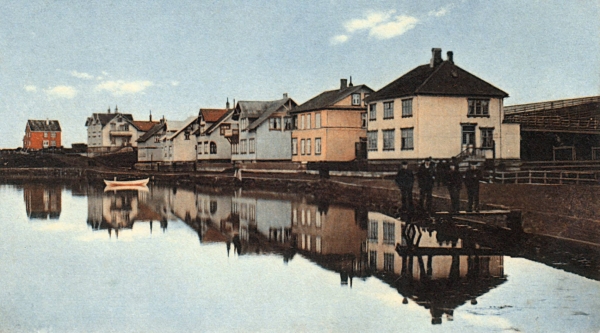Reykjavík has undergone some dramatic changes in the past century. At the turn of the century 1900 Reykjavík, the capital of Iceland was little more than a small fishing town, with just 5.802 inhabitants, or 7.4% of the total population of Iceland, which was just 78,203 that year. Reykjavík is still a rather small, with just 123,000 inhabitants (2017). The total population of the Metropolitan area, including the suburban municipalities is 212,000. Today the population of Iceland is 338,000, which means 63% of Icelanders live in the greater Reykjavík area, and a full 36% live in Reykjavík proper.
Read more: Watch: What did the “bleak outpost” of Reykjavík look like in WWII?
As Reykjavík has grown it has acquired a lot of the trappings of a major city, including high and low culture, an anonymous crowd, cafés, art galleries, theaters and everything else one might expect to find in a major city.
But despite having grown up Reykjavík still retains much of the charms of a small town. It has also avoided many of the negative features of major cities, including crime and homelessness. And – it is still a beautifully colorful city with a whimsical streetscape.
Read more: 1920 map shows how Reykjavík has grown from a small town to a small city
These photos from early 20th century Reykjavík were taken by Egill Jacobsen, a Danish merchant who settled in Iceland. The small selection of his photos give us a fascinating glimpse of what Reykjavík looked like nearly 100 years ago.
Some parts of Reykjavík haven't changed very much, including the downtown pond Tjörnin:


Other parts of the city center have undergone a far more dramatic transformation, as these photos of the area around Austurvöllur and Víkurgarður squares show. The streets have not been moved, and some of the buildings are still standing, but identifying the angle and the buildings in the photo can be quite a challenge made even more difficult by the fact that some of these old houses have not just been demolished to make room for new construction: Other buildings have been moved from one location to another.



Reykjavík has undergone some dramatic changes in the past century. At the turn of the century 1900 Reykjavík, the capital of Iceland was little more than a small fishing town, with just 5.802 inhabitants, or 7.4% of the total population of Iceland, which was just 78,203 that year. Reykjavík is still a rather small, with just 123,000 inhabitants (2017). The total population of the Metropolitan area, including the suburban municipalities is 212,000. Today the population of Iceland is 338,000, which means 63% of Icelanders live in the greater Reykjavík area, and a full 36% live in Reykjavík proper.
Read more: Watch: What did the “bleak outpost” of Reykjavík look like in WWII?
As Reykjavík has grown it has acquired a lot of the trappings of a major city, including high and low culture, an anonymous crowd, cafés, art galleries, theaters and everything else one might expect to find in a major city.
But despite having grown up Reykjavík still retains much of the charms of a small town. It has also avoided many of the negative features of major cities, including crime and homelessness. And – it is still a beautifully colorful city with a whimsical streetscape.
Read more: 1920 map shows how Reykjavík has grown from a small town to a small city
These photos from early 20th century Reykjavík were taken by Egill Jacobsen, a Danish merchant who settled in Iceland. The small selection of his photos give us a fascinating glimpse of what Reykjavík looked like nearly 100 years ago.
Some parts of Reykjavík haven't changed very much, including the downtown pond Tjörnin:
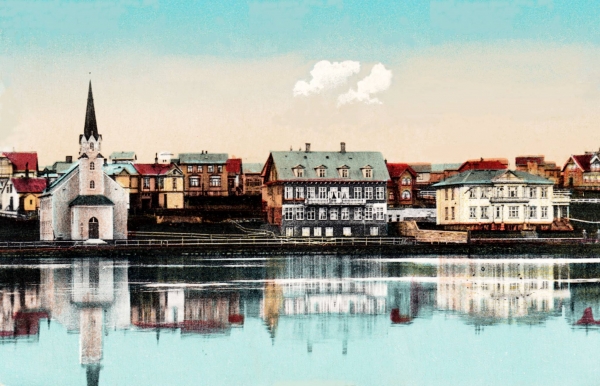
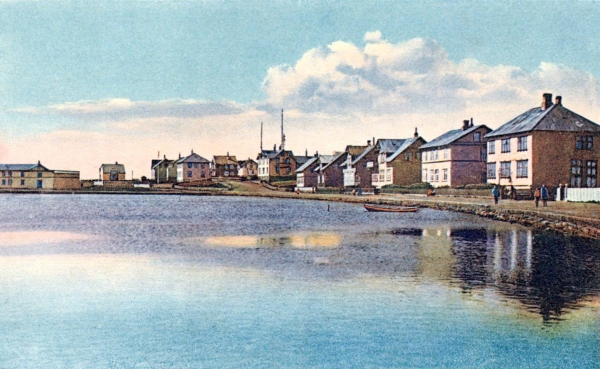
Other parts of the city center have undergone a far more dramatic transformation, as these photos of the area around Austurvöllur and Víkurgarður squares show. The streets have not been moved, and some of the buildings are still standing, but identifying the angle and the buildings in the photo can be quite a challenge made even more difficult by the fact that some of these old houses have not just been demolished to make room for new construction: Other buildings have been moved from one location to another.
